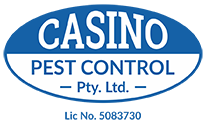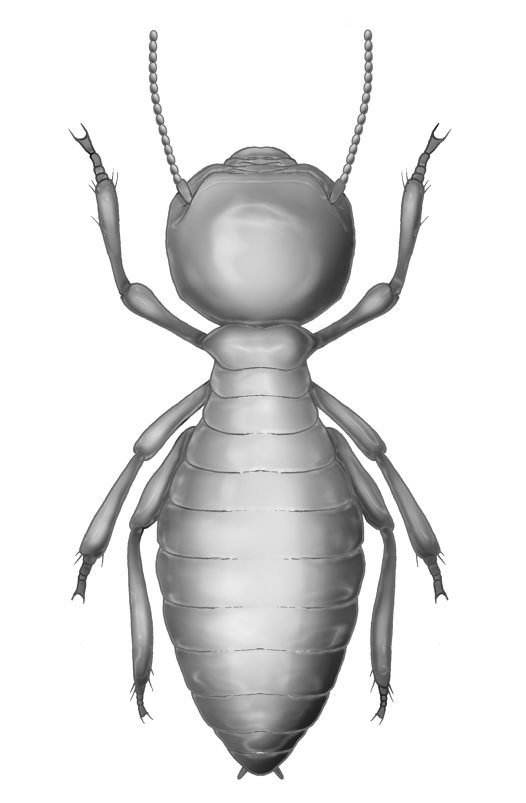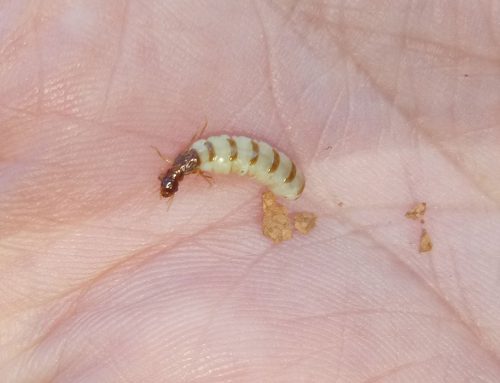Termite Control – Article by Australia Museum
The first rule of Termite Control is to ‘know your enemy’ and that’s why we thought you might find this article by the Australia Museum which isn’t so much about termite control, but rather everything you ever wanted to know about termites. Here’s a snippet and to view the full article, just click the link below.
Termites are social insects that build large nests in soil or wood and can occasionally cause damage to wooden structures. They are sometimes called ‘white ants’, however they belong to a completely different insect group (Order Isoptera) to true ants (Order Hymenoptera).
Standard Common Name
Termites
Identification
Termites have pale brown to white bodies with a darker head and have no waist between the thorax and abdomen. The antennae have bead-like segments. The non-reproductive forms never develop wings, are blind, and have thin skin that makes them vulnerable to drying out. Reproductive forms have two pairs of equal-sized wings, one pair of compound eyes and a thicker skin that protects them better from drying out when exposed.
Habitat
Nests
Nests are formed either in trees, in soil mounds or underground. There are 5 main nest types and many species will build more than one type of nest:
- Ground mounds
- Tree nests (outside tree, connected to internal cavity)
- Pole nests (on human structures such as fence posts and telegraph poles)
- Subterranean nests (underground, in soil, stumps and tree bases)
- Tree wood (inside the tree)
Nest humidity and temperature maintenance
Termite colonies are maintained at a high humidity. This protects the thin-skinned workers from drying out. Only when the external humidity is close to 100% can workers leave the nest to forage. This is especially the case for subterranean termite species, which gain most of their water from the soil. These species can only become pests in buildings where a constant water source is available. Indoor plants on pavers are a major cause, as are leaking pipes or roofs). Termites that nest in dry wood don’t have such strong water requirements and may attack wooden structures that are not necessarily very damp.
Nests are usually maintained at a temperature between 25°C – 36°C. This varies, depending on the species, the external temperature and the health of the colony. Healthy colonies are able to maintain this range during very hot and very cold external conditions.
Sometimes the nest shape is specifically designed to regulate temperature. The Compass Termite (Amitermes meridionalis) of the Northern Territory is known for its tall (3 m – 4 m) mound nests. These nests are thicker across their east-west axis (about 3 m) than along the north-south axis (about 1 m). This alignment means that the nest has the most protection from the hot summer sun as it moves east to west directly above the nest, but can still be warmed in winter, when the sun is at a lower angle.
SOURCE AND FULL ARTICLE: https://australianmuseum.net.au/termites



